Cynthia Light Brown - Mapping and Navigation: Explore the History and Science of Finding Your Way with 20 Projects
Here you can read online Cynthia Light Brown - Mapping and Navigation: Explore the History and Science of Finding Your Way with 20 Projects full text of the book (entire story) in english for free. Download pdf and epub, get meaning, cover and reviews about this ebook. year: 2013, publisher: Nomad Press, genre: History. Description of the work, (preface) as well as reviews are available. Best literature library LitArk.com created for fans of good reading and offers a wide selection of genres:
Romance novel
Science fiction
Adventure
Detective
Science
History
Home and family
Prose
Art
Politics
Computer
Non-fiction
Religion
Business
Children
Humor
Choose a favorite category and find really read worthwhile books. Enjoy immersion in the world of imagination, feel the emotions of the characters or learn something new for yourself, make an fascinating discovery.
- Book:Mapping and Navigation: Explore the History and Science of Finding Your Way with 20 Projects
- Author:
- Publisher:Nomad Press
- Genre:
- Year:2013
- Rating:3 / 5
- Favourites:Add to favourites
- Your mark:
Mapping and Navigation: Explore the History and Science of Finding Your Way with 20 Projects: summary, description and annotation
We offer to read an annotation, description, summary or preface (depends on what the author of the book "Mapping and Navigation: Explore the History and Science of Finding Your Way with 20 Projects" wrote himself). If you haven't found the necessary information about the book — write in the comments, we will try to find it.
How did we get from 20-foot-long maps to GPS devices small enough to fit in the palm of our hands? How does GPS work and what can it tell us? How do ancient mapmaking techniques used by the Romans and Greeks influence the satellite technologies we use today? The history of mapmaking is full of remarkable characters who charted the unknown with an ever-changing set of tools. In Mapping and Navigation: The History and Science of Finding Your Way, kids ages 912 will learn the history and science behind the evolution of mapmaking, and how much is still out there for discovery.
Readers will explore ideas through hands-on experiments while learning new terminology and interesting facts. Projects include using triangulation to measure distances, creating contour lines on a mini-mountain to understand elevation changes on a map, and inventing a sundial and compass to understand the basics of navigation. Whether mapping the solar system or mapping their own backyard,...
Cynthia Light Brown: author's other books
Who wrote Mapping and Navigation: Explore the History and Science of Finding Your Way with 20 Projects? Find out the surname, the name of the author of the book and a list of all author's works by series.

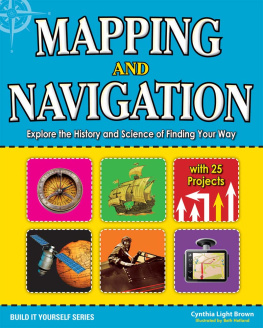
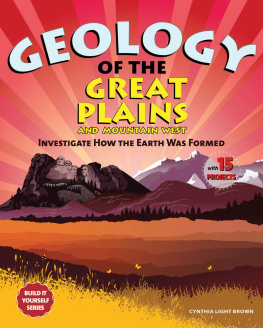

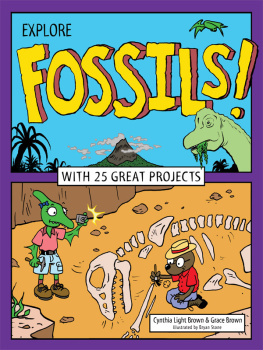
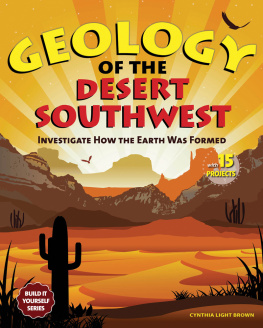

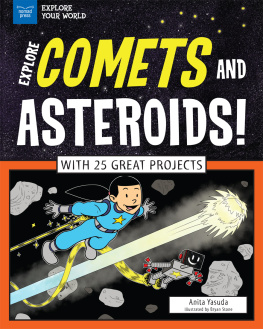
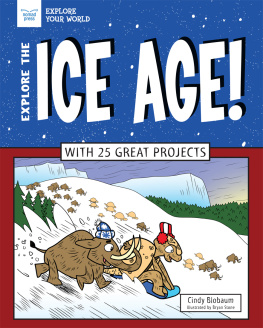
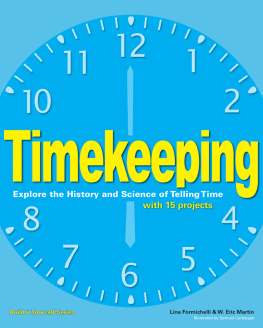
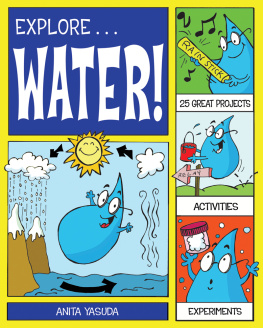
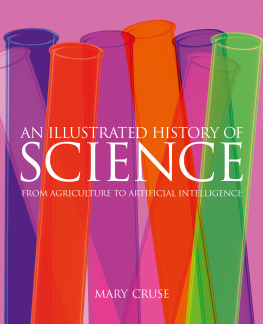
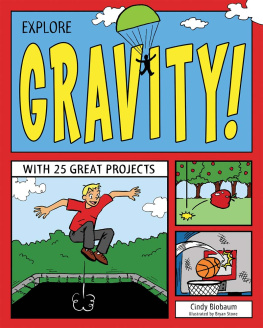
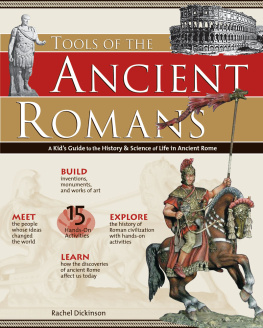
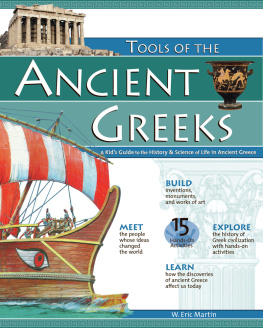




 TIMELINE
TIMELINE 